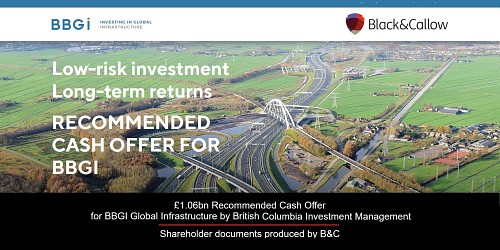
05/09/2024
Following the FRC's publication of guidance on The UK Corporate Governance Code 2024 earlier this year, we started a series of articles on how companies should best address key components of the Annual Report's strategic report section to reflect the new code's provisions.
In Parts I and II we looked at how to define Purpose and Strategy within the Annual Report as the guiding light for the whole strategic reporting narrative. In Part III, we now look at how best to approach articulating the Business Model, which outlines how a company creates, delivers, and captures value, essentially serving as the blueprint for its operations, strategy, and revenue generation.
Articulating the Business Model
The successfully articulated Model identifies the ‘inputs’ a company has to work with – such as its resources and its team’s skills, knowledge and expertise – and its ‘outputs’, which are the value it creates for each stakeholder group (and there may be many, depending on the company, as we discussed in Part II). At the core of the Business Model, it needs to identify and address what it uniquely brings to the table: how it applies its own, unique ‘secret sauce’ to its inputs and creates value – and how it reinvests in each in an ongoing, sustainable way.
By clearly defining these components, the company can effectively align its strategies with market needs, differentiate itself from competitors, and ensure long-term sustainability. This is key for investors, who want to know that the company understands its purpose and can articulate its Business Model succinctly within the Annual Report.
Some great examples of a clearly defined Business Model can be seen in our Reports for Mothercare, Victory Hill VHGSEO and Hostmore.
Adapt or die!
Adapting and evolving the Business Model is crucial in a rapidly changing market environment, where technological advancements, shifting consumer preferences, and competitive pressures can disrupt traditional business practices. Successful companies frequently revisit and refine their Business Models to stay relevant, often embracing digital transformation, new distribution methods, or innovative pricing strategies.
Companies like Netflix and Spotify disrupted traditional media and music industries by shifting from physical product sales to subscription-based models, offering continuous value to customers while securing predictable revenue streams. Thus, a dynamic Business Model is not just a static plan but a living framework that guides a company’s growth, resilience, and long-term success – and this needs to be articulated too.
Case studies which demonstrate how the Business Model has evolved and are focused on successful outcomes for stakeholders are hugely useful for investors and will likely mark out a Report from ‘good to great’.
Find out more
At B&C, we work with clients to help articulate their Business Model and create an often-graphical depiction for the Annual Report, underpinned by narrative and case studies which provide context for investors.
If you’d like to find out more about our Reporting services and how we can help you achieve Best Practice Reporting, chat with us today: hello@blackandcallow.com
Other recent news

31/03/2025
Power rangers: helping Elia Group with its €1.35bn Rights Offeri…

26/03/2025
Mastering the IPO journey: join the LSE's webinar on Thursday 17…

18/03/2025
B&C assists Britsh Columbia's £1bn bid for BBGI Global Infastruc…

06/03/2025
